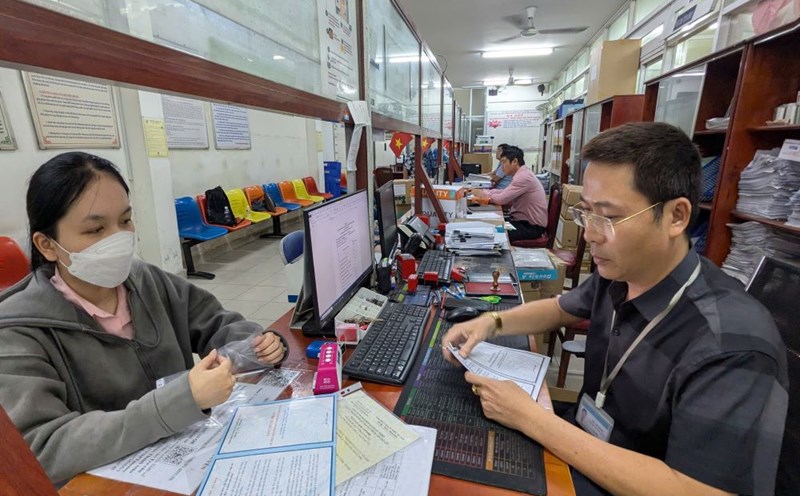The battery is one of the most easily worn parts on a laptop, especially when used incorrectly. Proper battery maintenance not only helps prolong the life of the device, but also ensures stable performance over time. Here are some important principles you need to keep in mind to keep your laptop battery healthy.
correct battery charging
One of the most common mistakes is charging the battery up to 100% and then using it until it is exhausted. In fact, keeping the battery level range from 20% to 80% is to limit the chemical pressure in lithium-ion batteries. This helps slow down the battery's bottle speed and prolong the battery's life.
Avoid charging and using a device in high temperatures
High temperatures are one of the leading causes of rapid breakdown of laptop batteries. Charging while using the device in a hot environment, or placing the device on heat-retaining surfaces such as blankets and pillows, can overheat the battery and reduce its life. To avoid this situation, you should keep the radiation area always airy, regularly cleaning fans and air vents. It is best to use a laptop in a dry, cool place and avoid direct sunlight from the device.
Do not charge continuously
Continuously charging even when the battery is full, causing the battery to always be overcharged, in the long run it will reduce its life expectancy. If you use a laptop as a desktoper, take off the battery (if the battery is loose) or turn on the "smart charging" mode to keep the battery at 5060%. With a device using a single battery, you should check if the device has a self-stop charging function when full to protect the battery more effectively.
Regular monthly battery discharge
Even if you use and charge the battery properly, you should still release the battery near the bottom (about 510%) and recharge every 1-2 months. This helps the system accurately identify the actual battery level, thereby helping the battery display the correct capacity, operate more stably and durably over time.
Prioritize charging with a genuine charger
Using poor quality chargers can cause unstable power lines, easily damaging the battery or causing fire and explosion. You should use a genuine charger that comes with or is recommended by the manufacturer. When charging, connect to the outlet first and then connect to the laptop to avoid sudden electrical short circuit.
Optimizing software to reduce energy consumption
In addition to hardware, software also plays a big role in protecting the battery. Reducing screen brightness, turning off unnecessary background applications, turning on battery saver mode on the laptop will help the device consume less electricity, reducing pressure on the battery.











